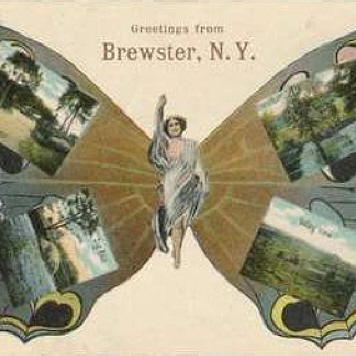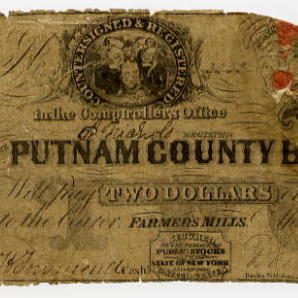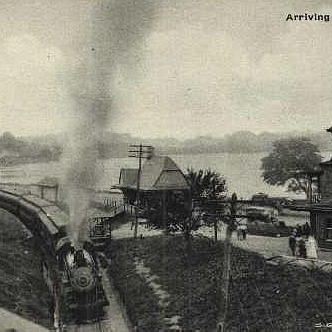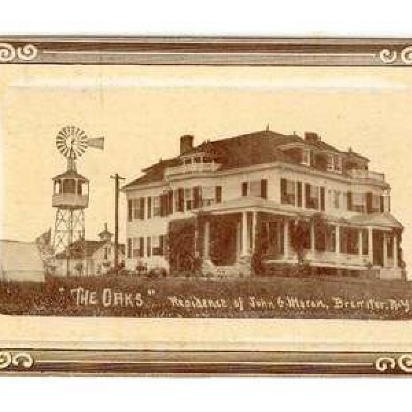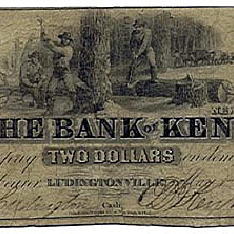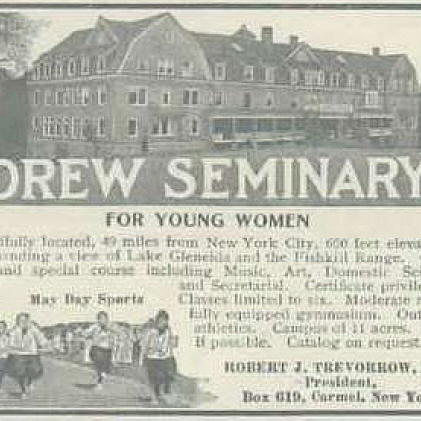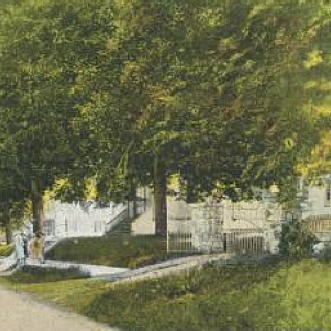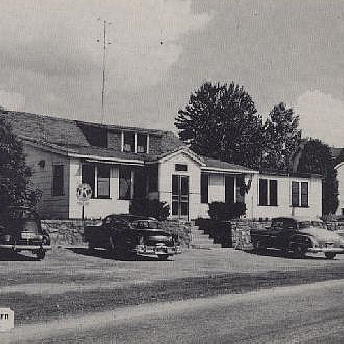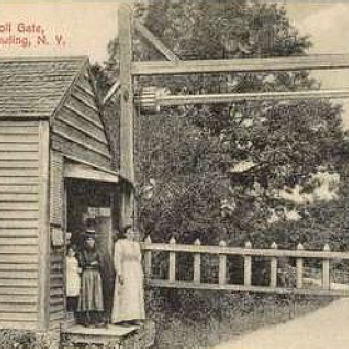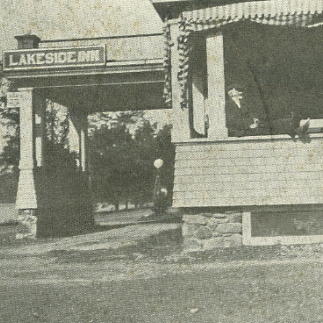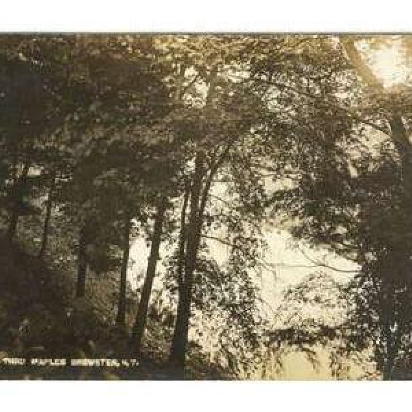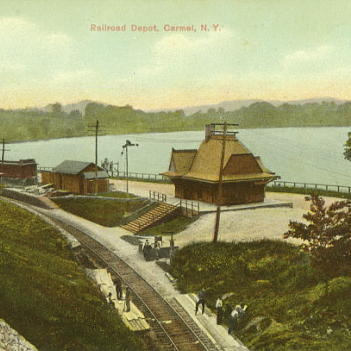Putnam County's Civil War Heroes 2
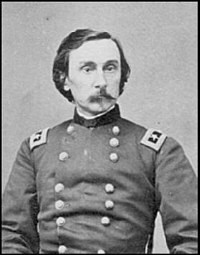
Warren:
One of his men recalled him as: “The very best of our army.” Another as: “He was very quiet and retiring in manner, but somehow his men all loved him and had great faith in his ability.” A third as: “He is smart, there is no mistake in him.”
Gouverneur Kemble Warren was born on January 8th, 1830 in Cold Spring, NY. His family lived in a comfortable house on Fair Street, seventy-five feet north of Main Street. He was the fourth of twelve children, the oldest of six to live to adulthood.
His father, Sylvanus Warren, had him tutored in the classics, the sciences and mathematics. He continued his education at West Point, then a school primarily focusing on engineering as well as soldiering. He graduated 2nd in the West Point Class of 1850.
After his graduation he served in the Corps of Topographical Engineers, an explorer and mapmaker of the “West”. He also served for a period of time as an Assistant Instructor in mathematics at West Point.
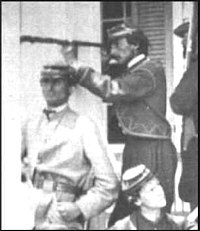
Of the 5th General George Sykes stated: “I doubt whether it had an equal, certainly no superior among all the regiments of Army of the Potomac…I have always maintained it to be the best volunteer organization I ever knew.”
During the winter of 1861-1862 the 5th New York was stationed in Baltimore to help pacify the “Rebels” in the city. Warren helped to design and build Fort Federal Hill just south of today’s Inner Harbor.
It was also in Baltimore that Warren met twenty year old Emily Forbes Chase. He fell head over heals in love with her. In one of his letters to her he wrote: “But I don’t know what to do-when I am with you it is ‘sweet confusion’ and when away it is ‘bitter confusion’…It was very sweet of you to write me such a dear note late at night. If you are like me, only those thoughts which are real, influence that hour, and whether I closed my eyes first or not my last thoughts were, my darling, of you and ever will be.”
He was soon promoted and served as a Brigadier General at 2nd Bull Run. At Fredericksburg, he organized the withdraw of the army and was the last Union Soldier to cross the Rappahanock River.
He was the Chief Engineer of the Army of the Potomac at Chancellorsville and Gettysburg. He served as temporary commander of the 2nd Corps in the Mine Run campaign of 1863.
He was promoted to Major General of Volunteers and given command of the 5thCorps in the Overland Campaign and during the siege of Petersburg. Only to be unjustly removed from command by General Sheridan at the Battle of Five Forks. After his death, a Court of Inquiry exonerated him on all accounts.
After the war he resumed work as a Major and Lieutenant Colonel with the Corps of Engineers. Warren died in Newport on August 8, 1882. His last words were, “the flag”.
Warren exemplified the motto of the US Military Academy “Duty, Honor, Country”.
Most people are introduced to General Warren when they see his statue on Little Round Top at Gettysburg. He is known as the “Savior of Little Round Top” for rushing troops to that strategic location. The story is told of how he rode up to the 140th NYVI, and ordered its colonel, Patrick O’Rorke, to occupy the strategic hill. When O’Rorke stated that he was under orders to go elsewhere, Warren replied “Never mind that, bring your regiment up here and I will take the responsibility.”
Sources:
Jordan, David M.; “Happiness Is Not My Companion”; Indianapolis: Indiana University Press; 1984.
Kelly, Michael T.; “I Will Have Justice Done”; Gettysburg, PA: Farnsworth Military Impressions; 1997.
